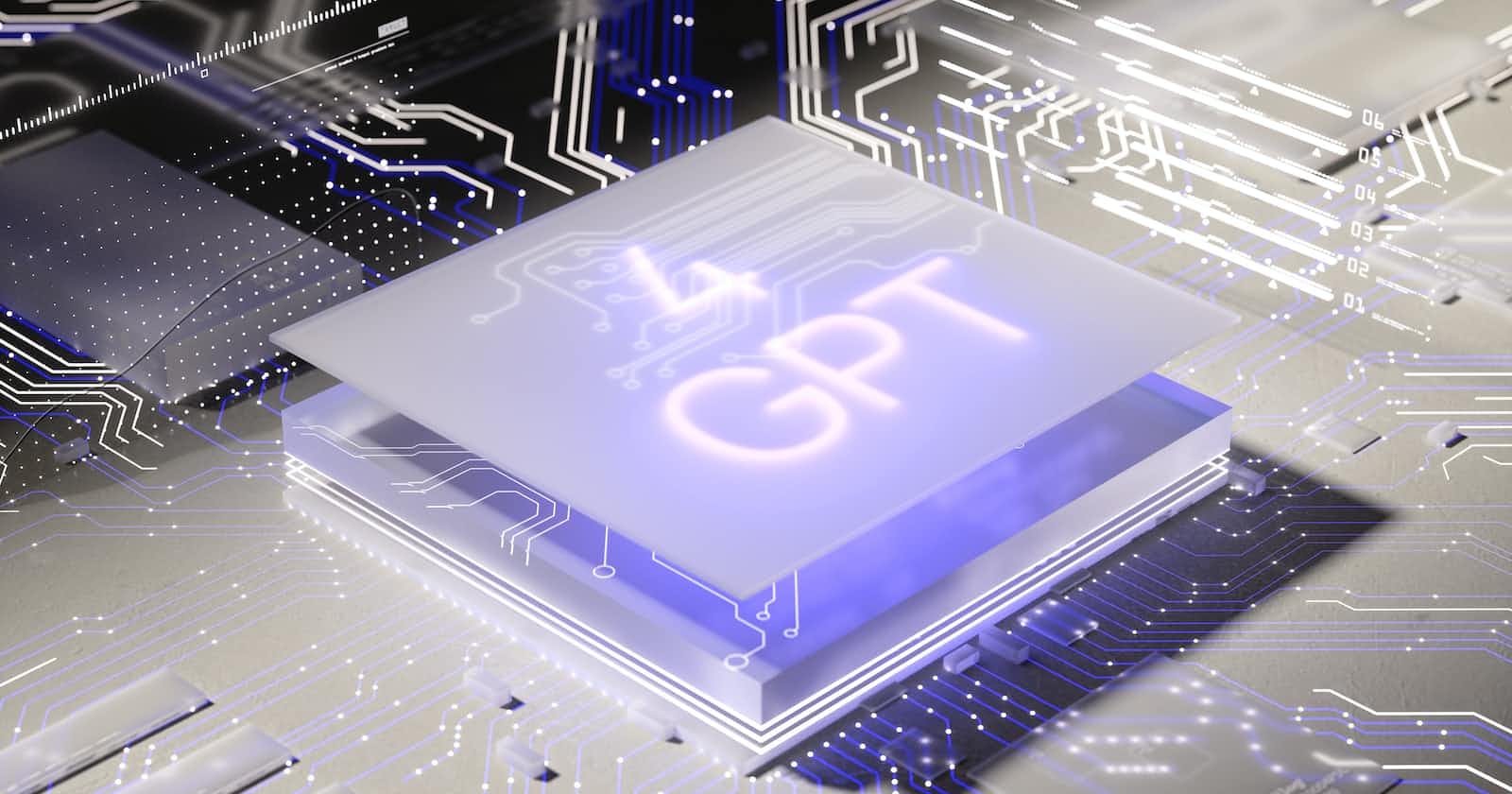
The Intricacies of AI: Exploring The Structure and Functioning of GPT-4 and MoE Models
Beyond the Numbers: Unravelling the Complexity of Modern AI Models
The buzz has recently been around OpenAI's Generative Pretrained Transformer 4 (GPT-4). This behemoth of a model, reportedly 10 times the size of its predecessor, GPT-3.5, has certainly captured the collective consciousness of the tech world. But as is often the case with headlines, the true story is in the details, and today, we’re diving in deep.
TL;DR
Newly leaked information suggests that OpenAI's GPT-4 is composed of eight separate models with 220 billion parameters each using a Mixture of Experts (MoE) approach, where each part of the model specializes in different tasks.
Switch Transformers further enhance efficiency, acting like a hospital administration system that efficiently routes tasks to the right 'expert'.
New models, such as Google's Switch-C and Switch-XXL, push these boundaries even further, reflecting our own brain's efficiency, specialization, and learning capabilities.

The GPT-4 Enigma Unveiled
At first glance, it’s easy to be swept away by the sheer magnitude of GPT-4, boasting an impressive count of 220 billion parameters per model, across eight models. A ‘parameter’ in machine learning is a configurable part of the model that is learned from historical training data. To put it in simpler terms, they are the aspects of the model that help it understand and replicate patterns in the data it processes.
But bigger isn’t always better. While the volume of parameters can be a measure of a model's capacity to learn, the crucial factor is how efficiently these parameters are used and organized. It’s like the difference between a rambling mansion with countless rooms and a thoughtfully designed modern house: both may have the same square footage, but one uses its space more efficiently.
The Power of Specialization: The Mixture of Experts (MoE)
That brings us to two interesting models on the AI scene that approach size and complexity in a unique way - Google’s Language Model (GLaM) and Microsoft Bing’s models. They incorporate a concept known as Mixture of Experts (MoE), a model structure where different sections of the model specialize in different types of data or tasks.
Think of MoE as a bustling, well-organized hospital. In this AI hospital, each ‘doctor’ (model component) is an expert in a different area, from cardiology to neurology, each providing specialist care based on the patient's (data point’s) needs. This specialization allows for efficient use of resources, with each ‘doctor’ focusing on their area of expertise, rather than every doctor trying to treat every possible ailment.
Enter the Switch Transformers
Within the realm of MoE models, there's a specific breed that stands out for its efficiency - the Switch Transformers. The Switch Transformers act like an ultra-efficient hospital administration system, quickly and intelligently routing each 'patient' (data point) to the right 'doctor' (expert).
By directing data to the appropriate specialist, the Switch Transformers make the whole operation more efficient, reducing the computational costs and enhancing the overall performance of the model. It’s as though each data point bypasses the hospital waiting room and gets immediate attention from the most relevant expert.
The New Kids on the Block: T5X/JAX
Pushing the boundaries of Switch Transformers are Google's T5X/JAX models, namely Switch-C and Switch-XXL. With 1.6 trillion and 395 billion parameters respectively, they bring unprecedented complexity and learning potential to the table. But, remember, it's not just about the numbers. It's the efficient routing and division of tasks among specialized 'experts' that sets these models apart.
A Perspective on AI: From Hospitals to Brains
As we venture deeper into the realms of AI, it's intriguing to see how the structure and operation of these models start to resemble aspects of our own biological systems. From the specialization of our individual organs, each handling a specific function, to the incredible efficiency of our brain’s neural network, assigning information to the appropriate neurons for processing. The AI models are, in a way, mirroring life.
The crux is this: AI models, much like our brains, are evolving to be more efficient, specialized, and adaptively intelligent. We are designing systems that can, like us, learn from their experiences, adapt their responses, and handle a myriad of tasks efficiently.
It's a fascinating time in the world of AI. We're moving beyond the idea of bigger always being better, and diving into the realm of efficiency, specialization, and adaptability. As we continue to evolve and innovate, who knows what the next 'headline' in AI will be. But remember, the devil - and the true innovation - is always in the details.
A helpful analogy to tie it all together:
In the realm of artificial intelligence, imagine each data point as a patient, each model component as a specialized doctor, and the overall machine learning model as a bustling hospital, where a brilliant administrative system, akin to Switch Transformers, effectively routes each patient to the most suited doctor, ensuring that each doctor utilizes their unique expertise to provide the best care, resulting in an overall efficient, adaptive, and high-performing hospital, which echoes the concept of the Mixture of Experts model where different parts of the model specialize in different tasks for optimal learning and performance.

